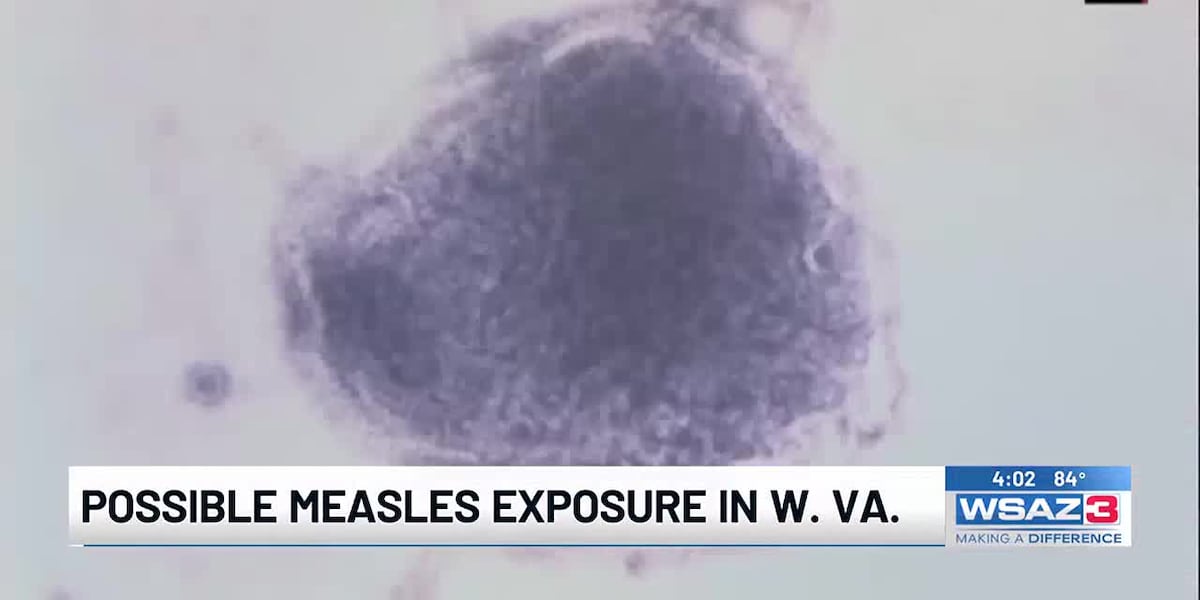Canada Steps Up: Fortifying Disease Surveillance Amid US Health Data Cuts

Canada faces a critical challenge as rising cases of measles, avian influenza, syphilis, and HIV underscore the urgent need for robust disease surveillance. This need is amplified by recent cuts to U.S. health institutions, which threaten access to vital monitoring data that Canada has historically relied upon. This article explores how Canada can bolster its own surveillance capabilities to safeguard public health and mitigate potential risks.
The Growing Threat Landscape
The recent surge in infectious diseases globally is a stark reminder of the interconnectedness of health systems. Measles outbreaks, once largely eradicated, are resurging in various regions, while avian influenza continues to pose a significant threat to both poultry and human health. Furthermore, concerning increases in rates of syphilis and HIV demonstrate the ongoing challenges in controlling these sexually transmitted infections. These trends highlight the vulnerability of even developed nations and the importance of proactive disease surveillance.
The Impact of US Health Cuts
Historically, Canada has benefited from collaborative data sharing and access to surveillance information from U.S. health agencies like the Centers for Disease Control and Prevention (CDC). Recent budget cuts and shifting priorities within these institutions, however, are jeopardizing this valuable resource. Reduced funding can lead to diminished data collection efforts, slower response times to outbreaks, and ultimately, a weaker overall understanding of disease patterns.
Canada's Path Forward: Strengthening Domestic Surveillance
To counter these challenges, Canada must prioritize strengthening its own disease surveillance infrastructure. Here's a breakdown of key strategies:
- Investment in Technology: Modernizing surveillance systems with advanced data analytics, artificial intelligence, and real-time reporting capabilities is crucial. This includes leveraging digital platforms for data collection and dissemination.
- Enhanced Laboratory Capacity: Expanding and upgrading laboratory infrastructure is essential for rapid and accurate disease detection and characterization. Investing in skilled personnel is equally important.
- Improved Data Integration: Breaking down data silos between provincial and federal health agencies is vital. A unified, national surveillance system will provide a more comprehensive picture of disease trends.
- Strengthening Public Health Workforce: Training and retaining a skilled public health workforce, including epidemiologists, data scientists, and laboratory technicians, is fundamental to effective surveillance.
- Community Engagement: Engaging with local communities and healthcare providers is vital for early detection and reporting of disease cases. Building trust and fostering open communication are key.
- International Collaboration: While focusing on domestic capabilities, Canada should continue to actively participate in international surveillance networks and collaborate with global health organizations.
The Long-Term Benefits
Investing in robust disease surveillance is not just about responding to immediate threats; it's about building a more resilient public health system for the future. Improved surveillance allows for:
- Early Detection and Rapid Response: Identifying outbreaks early allows for quicker implementation of control measures, minimizing the spread of disease.
- Data-Driven Decision Making: Accurate and timely data informs public health policies and interventions, ensuring resources are allocated effectively.
- Improved Health Outcomes: By preventing and controlling infectious diseases, surveillance contributes to improved overall population health and well-being.
As the global health landscape continues to evolve, Canada’s commitment to strengthening its disease surveillance capabilities is more critical than ever. By taking proactive steps to bolster its own systems, Canada can safeguard public health and ensure a healthier future for all.






